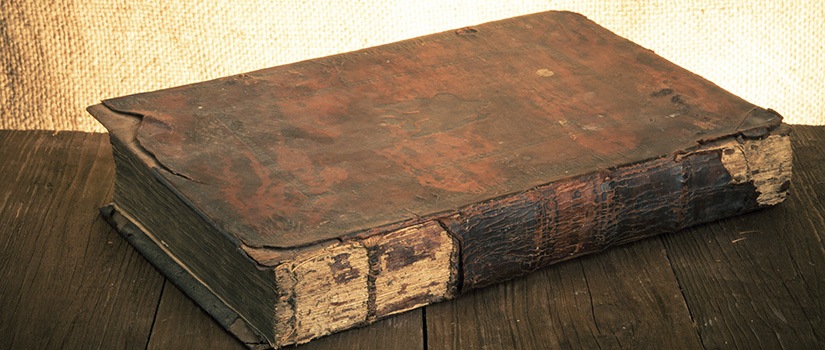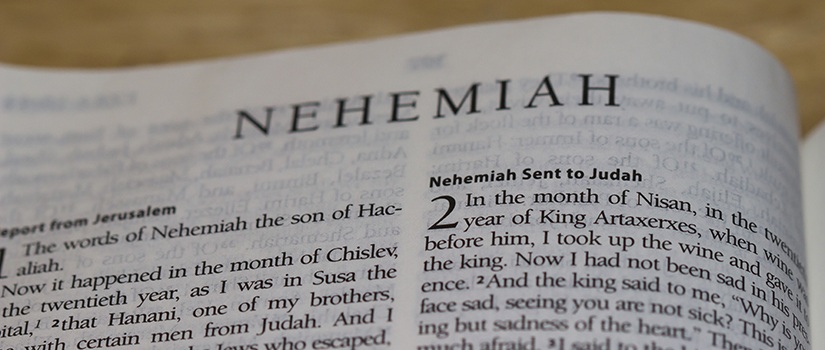Ruth Part 2
The book of Ruth according to the Greek translation is placed in the Historical Books. English Bibles follow the order of the Septuagint.The book gets its name from its main character but the authorship is unknown. It appears the date of the book is in the period of the Judges. It seems the earliest date for the book’s composition is during the days of David according to Ruth 1:1 and Ruth 4:7 which says “Now it came to pass in the days when the judges ruled, that there was a famine in the land. And a certain man of Bethlehemjudah went to sojourn in the country of Moab, he, and his wife, and his two sons.” Ruth 1:1 (KJV)
” Now this was the manner in former time in Israel concerning redeeming and concerning changing, for to confirm all things; a man plucked off his shoe, and gave it to his neighbor: and this was a testimony in Israel. ” Ruth 4:7 (KJV)
Also according to Ruth 4:17-22
17 And the women her neighbors gave it a name, saying, There is a son born to Naomi; and they called his name Obed: he is the father of Jesse, the father of David.
18 Now, these are the generations of Pharez: Pharez begat Hezron,
19 And Hezron begat Ram, and Ram begat Amminadab,
20 And Amminadab begat Nahshon, and Nahshon begat Salmon,
21 And Salmon begat Boaz, and Boaz begat Obed,
22 And Obed begat Jesse, and Jesse begat David.
The book is one of historicity based on the fact that Ruth’s name is included in the genealogy of Christ.
A. The book of Ruth is a love story
1. It is the romance of a poor, widowed, Gentile servant girl and a rich powerful Jew of Bethlehem
a. The poor widows name is Ruth, wealthy Jew is Booz.
b. The story reads like a novel and is full of pathos and drama
c. There are an alternating sorrow and joy, tears and laughter, weeping and singing.
2. It ends in storybook fashion with the marriage of a poor girl to a rich prince charming
B. It is one of the clearest portraits of the love of-of a poor girl rich prince charming
II. The Time of the Events (Ruth 1:1)
A. We have a precise summary of the conditions which developed during the days of the judges
1. Every man did that which was right in his own eyes
a. According to modern thinking the state of thing as describes in this verse would be perfectly ideal.
b. Twentieth-century man would see this state of society as permitting the large measure of personal liberty
c. Time of Policial Turmoil that state of human society, wherein there is “no king” – that is, no one having authority to curb restrain and control – and wherein, as a consequence, “every man is free to do “that which is right in his own eyes,” is a state approximating pure Democracy.
d. We have in the days of the judges the only democratic period in the history of Isreal.
e. In Egypt they were slaves – In the wilderness, Moses was “King of Jeshurim” (Deut. 33:5)
f. In Canaan Joshua exercised kingly authority (Joshua 1:2Ä18) (Joshua 4:14)
2, What a contrast this is with the ensuing period of the judges
a. According to the thinking of many the change from the autocracy íf Moses and Joshua to the democratic era of the judges was a great advance.
b. According to modern thinking, it should have introduced a period of unparalleled prosperity and progress in all departments of human activity,
c. They had ample time to make this experiment work approximately 450 years.
3. For those who believe God and His Word, it would be well to study the book of Judges and discover that pure democracy both in the church and in government ha.s no precedent in Scripture. It would be the part of wisdom for those who are shaping (or trying to? at least) the political destinies of the world at this critical hour, to learn from that book what conditions must inevitably develop in any society where there is no king, and where every man claims liberty to do that which is right in his own eyes.
4. We learn from the book of Judges that something more than a knowledge of God’s revealed will is needed to restrain men from doing their own will.
a. A vital need in every human society is Authority
b. Would anyone argue that a leading characteristic of our day is “the decay of authority”.
c. This process of decay was foretold in a vision which God gave to Nebuchadnezzar (Den. 2: 42 – 44
d. In Judges God seems to impress upon us that the evil development of that time was due to the fact that there was “no king in Isreal)
e. Judges 17:6 Ä Judges 18:1 Ä Judges 19:1 – Judges 21:25
B. Time of Moral Turmoil
1. These were days of increasing moral corruption & violence
a. Such was the character of the days before the flood (Gen. 6:11 – 13)
b. It is important we take note of this because the Lord Jesus foretold that “as it was in days of Noah so shall it be in the days of Son of Man (Luke 17:26)
c. Do I have to dwell on the violent methods to which men resort to the attainment of their own ends?
2. Those who raise the voice in protest against immorality, pornography and violence are treated with contempt and scorn
a. (Anita Bryant – our own protest, CUD)
b. The conditions were such in the period of the judges (Judges 18:25)
C. Time of Religious Turmoil (Jude 18:1 – 31)
1. This period was characterized by an independence in things pertaining to the worship of God.
a. Such conditions are prevalent in our land as few others
b. We are tolerant of all religions, it seems you dare not speak of the worst of them lest you be considered a bigot
2. Religious freedom in a democratic era affords the conditions in which every system of error flourishes amazingly and in which all the heresies of centuries spring to new life.
a. Under these conditions the God of this age enjoy the greatest possible advantage to deceive precious souls and lead them to eternal destruction. Book of Ruth ties on a black background.
III. God’s Grace Still Shines Through
A. The continual departures and the superficial revivals did not quench the love of God.
1. There were repeated tokens of God’s continued interest and of His unchanging love for them
2. Again and again, when they called upon Him, He delivered them out of the hands of their enemies
a. This in spite of the fact that they had brought the troubles upon their own heads
b. Their surface spiritual commitment and their up and down relationship are described in Judges 2:16 – 17 and Psalms 106:34 – 35.
A Summary and Exposition of Ruth chapter 1









